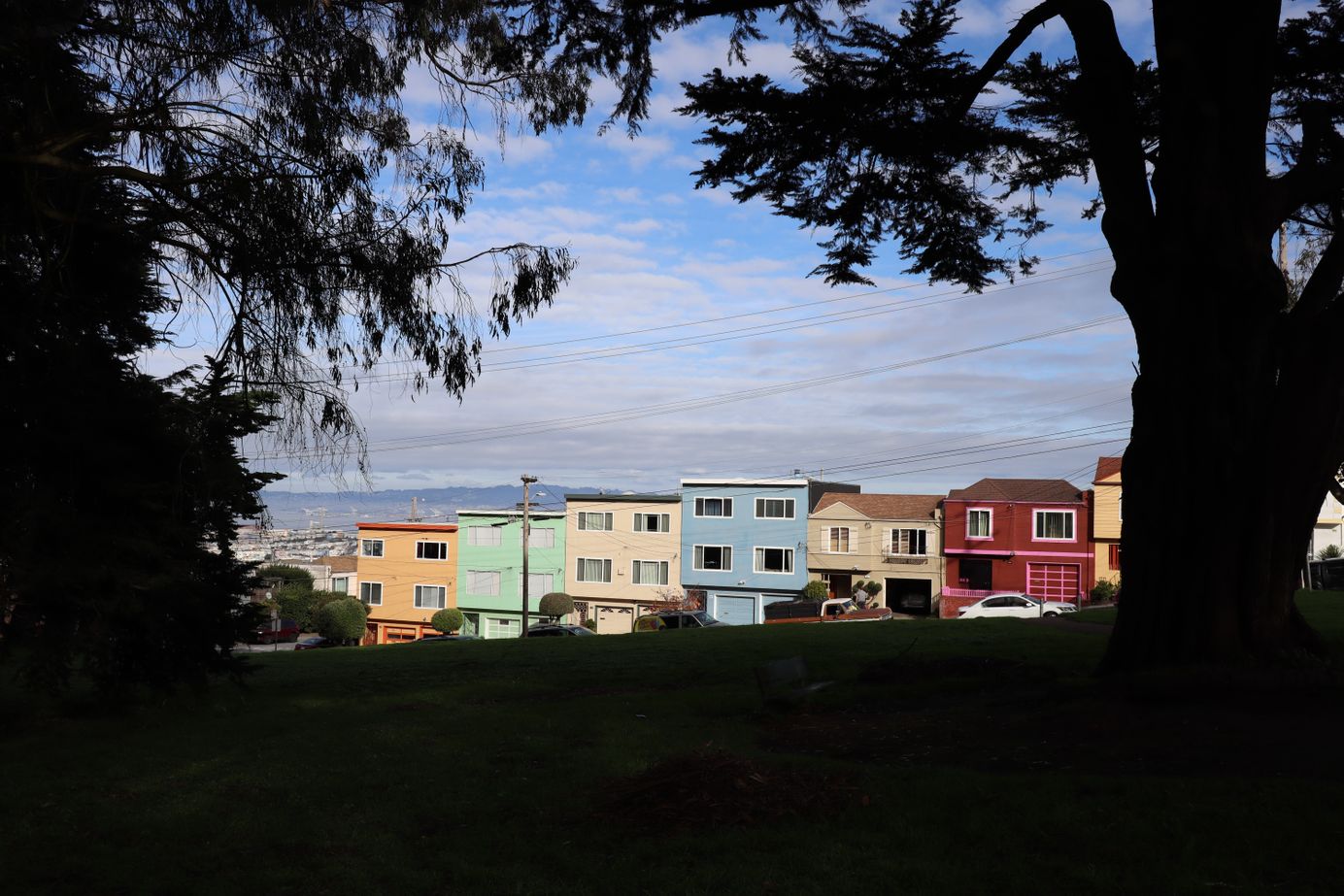
Small Multifamily Property: Duplexes, Triplexes, Quads, Oh My!
So you’ve decided to start investing in real estate! This can be one of the best decisions you’ve made for your financial future. With enough forethought and due diligence, you can increase the potential benefits while mitigating the risks you take along the way.
So you’ve decided to start investing in real estate! This can be one of the best decisions you’ve made for your financial future, or the biggest headache you’ve ever dealt with. Fortunately, with enough forethought and due diligence, you can increase the potential benefits while mitigating the risks you take along the way.
There are many choices to make after settling on real estate, so be sure to do plenty of research and find the strategy that works best for you.
Learn More: 5 Real Estate Investment Strategies You Can Use Today
What is a Multifamily Property?
For the sake of this discussion, we’ll be focusing on small multifamily property, which is a property consisting of two to four units. The reason for this distinction is simple. One unit is simply a single family residence, while more than four is considered commercial property rather than residential. This means that two to four units are still considered small multifamily residences, despite having more than one unit. Commercial property can be more difficult to finance for a beginner, so it’s a good idea to start with something residential. When you go with a small multifamily property, you gain many benefits from the economies of scale while still dealing with a property of a more manageable size.
These 2-4 unit properties are typically classified by the number of units the property has. A two-unit property is often referred to as a “Duplex”, a three-unit is often called a “Triplex” and a four-unit can either be called a “Fourplex”, “Quadplex”, or “Quad”.
Why Invest in Small Multifamily Property?
There are plenty of reasons why someone might want to invest in a multi-unit residential property as opposed to a single family home. Fundamentally, you’re purchasing a single property while gaining multiple rental units. This is a great way to get a headstart when it comes to building a strong portfolio of income-generating properties. You can build up a solid amount of cash flow much more quickly compared to buying a series of single family homes.
By buying three or four times as many units, you might expect the price tag to match, but in reality, as more units are included, the cost for each individual rental is reduced. For example, a duplex may only cost 50% more than a single family home in the same neighborhood despite having twice as many residences. This makes it far more efficient to purchase multifamily property if your goal is to acquire a robust portfolio of rental properties as rapidly as possible.
Another benefit to having multiple rental units right off the bat is that your investment is immediately diversified. When you own a single family home and the tenant decides to vacate or refuses to pay rent, your investment suddenly stops generating income. However, should this happen with a multifamily property, you still have other tenants that are helping cover your costs.
There is another strategy that is possibly one of the greatest wealth-generating tools available to homebuyers. This tactic is commonly referred to as “house hacking”. When purchasing a property with multiple units, you have the option to move into one of the units yourself and rent out the others. Ideally, you can use the rent collected from your tenants to pay all your expenses associated with the property and essentially live for free, completely eliminating your housing expense. This is critical because, for most people, housing is their biggest expense, and house hacking aims to greatly reduce or even entirely eliminate this.
In some instances, you can even achieve positive cash flow from the remaining units and get paid to live in your own home. All the while, you are accruing equity in the property while your tenants pay your mortgage for you. When you plan to move into a small multifamily property, you also gain access to simpler and more accessible financing options available to primary residences. This has the advantage of a lower down payment, making these purchases much more attainable.

How to Choose a Rental Market
The first step in any real estate investment is determining where you’re going to buy. Every investor has different criteria to consider when choosing the perfect rental market. If you’re relatively new to real estate investing, it’s strongly recommended to purchase your property in a location that’s accessible to you in case of an emergency. This can be difficult when you live in a high-cost-of-living area like the San Francisco Bay Area; however, it’s usually possible to find something a bit more economical within a two to three hour drive.
When considering different rental markets, there are a few other factors to consider aside from proximity to where you live, such as the price to rent ratio of the property. A typical rule of thumb is “The 1% Rule” which states that the monthly rental income of an investment property should be equal to or greater than 1% of the purchase price. Although it's helpful, it shouldn’t be taken as a strict rule because this isn’t attainable everywhere, and there are other factors that contribute to this decision.
You may have heard the common real estate investing advice to purchase property in “the path of progress”. This simply means that you should be buying in an area that is likely to continue developing, and therefore home prices and rents in the area are likely to rise over time. Two factors to consider that indicate whether an area is a candidate for significant appreciation in the near future are population growth and the makeup of the local economy.
An area’s population steadily growing beyond the national average trend is a good sign that the area will continue to grow and develop in the future. On the other hand, a location with a stagnant or depleting population likely indicates that people are on their way out, and with them, prices and rental rates are sure to follow.
When evaluating the jobs that make up the local economy, it’s important to look for diversity among the industries that fuel it. For example, the last thing you want for a rental market is for all of the jobs in the community to come from one factory. In the event that the factory were to shut down, a huge portion of your potential tenants would suddenly be out of work and unable to sustain rent payments. There is plenty more in-depth information surrounding choosing a rental market to come on the Tellus Talk blog, so be sure to stay up to date by subscribing to our newsletter.
Related: BRRRR Method for Real Estate Investing Beginners
What to Look For When Purchasing a Multifamily Rental
After you’ve settled on a market that you would like to purchase investment property in, it’s time to choose the specific property there you’d like to buy. As an investor, the most important factor should be based on the property’s finances. When using the “Buy and Hold” method, a very common metric is the Capitalization Rate, or “Cap Rate” of the property. Cap rate is determined by dividing the NOI, or Net Operating Income, by the total purchase price. It’s frequently expressed as a percentage that indicates the value of a potential investment.
NOI is also a very helpful number for determining exactly how much income the property is able to generate. To determine NOI, you need to add together all the income the property will produce. Include all the rents for each unit and any additional income producing space such as paid storage, parking spots, or coin-op washer/drying machines. Next, subtract all known expenses. The only expense you should exclude from this calculation is your monthly mortgage payment. Aside from that, subtract any taxes, insurance, utilities, or HOA payments that may be associated with the property. This should leave you with the Net Operating Income, and if this number exceeds the monthly mortgage payment, you’ve got a cash-flowing property on your hands!
Read More: Looking Ahead in the Housing Market
Final Thoughts
Purchasing small multifamily rental property can be the perfect solution to getting your portfolio started. Whether you’re house hacking or simply acquiring rentals as quickly as possible, all of your financial goals are within reach when you utilize the most common asset class for creating long-lasting wealth.
Real estate is one of the most powerful investments you can make in your life. Armed with the necessary knowledge and skills, you can quickly amass a huge amount of assets that generate cash flow. This will allow you to pay your living expenses without the need to exchange your time for money at a job. That’s the power of financial freedom!
Learn More: Achieving Financial Independence Through Real Estate Investing








